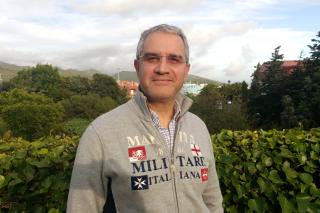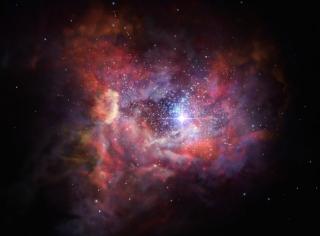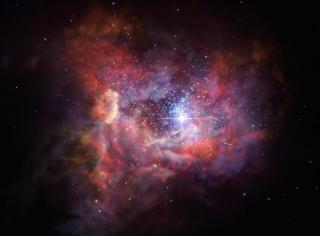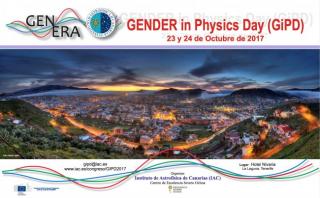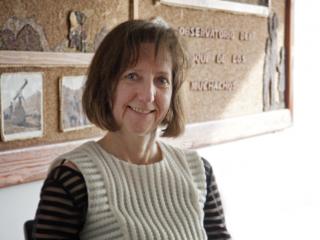
“The quality of measurements in Asteroseismology has a factor of a hundred better precision now than ten years ago and that is what makes the whole field emerge” “With the TESS (Transiting Exoplanet Survey Satellite) mission from NASA we will see a much bigger variety of stars and we will be able to complement the data we have now” “We really have a lack of young scientists entering science and engineering studies” “Girls need more encouragement than boys, they should not think too quickly that they cannot do Science” By Elena Mora (IAC) Conny Aerts is the Director of the Institute of
Advertised on
